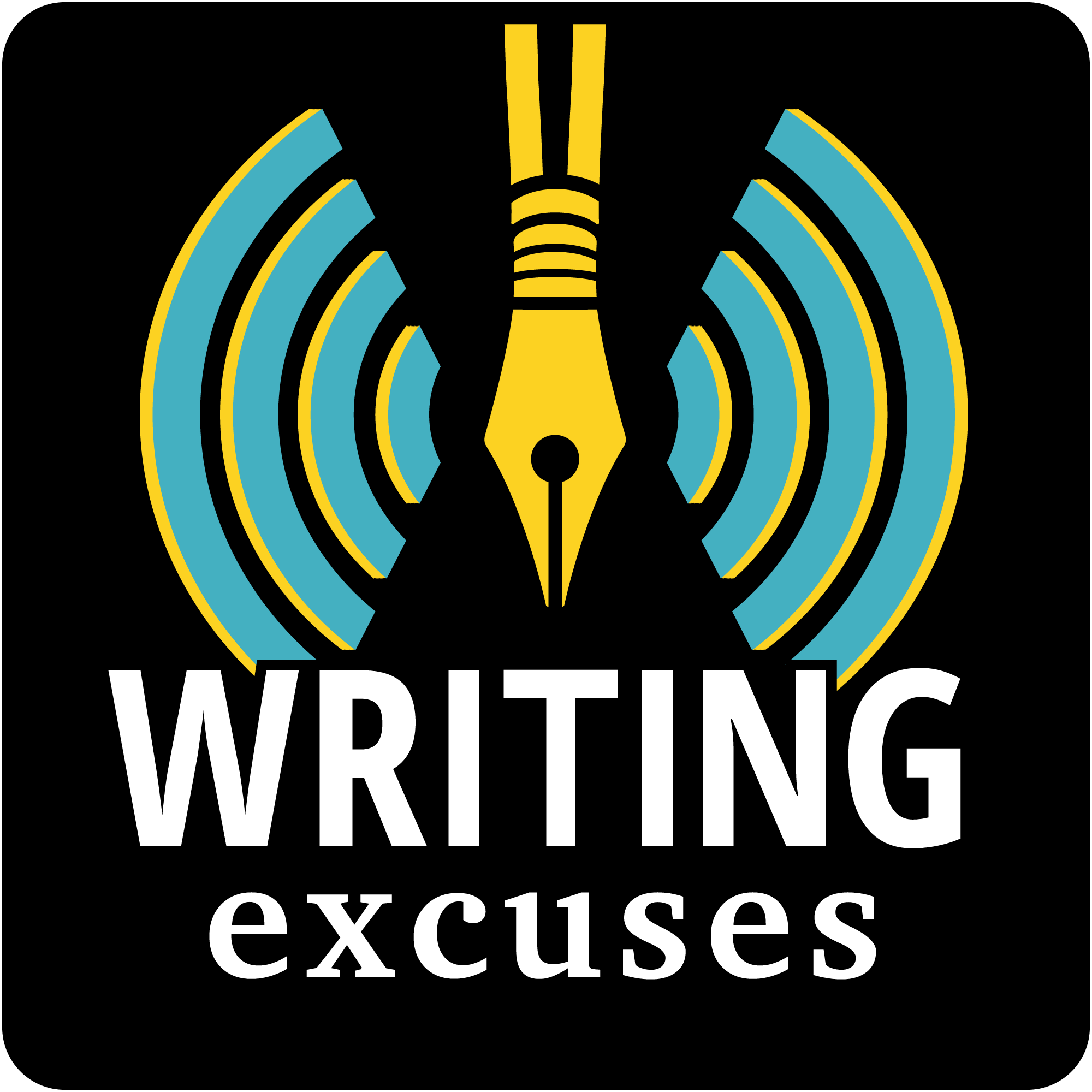So, what is publishing for, anyway? The question may seem glib, but DongWong Song raised it in their newsletter, and in this episode we answer (or at least refine our asking of) the question. Liner Notes: The Publishing Question Credits: Your hosts for this episode were Mary Robinette Kowal, DongWon Song, Erin Roberts, Dan…
Fifteen minutes long, because you're in a hurry, and we're not that smart.

